When we think about eating fruit, we often focus on the juicy flesh and discard the peel without a second thought. However, what many people don’t realize is that fruit peels are packed with essential nutrients that can greatly benefit our health.
At WellHealthOrganic.com, we believe in harnessing the power of nature’s gifts, and that includes embracing the nutritional power of fruit peels. In this guide, we will explore the reasons why you should consider incorporating fruit peels into your diet, debunk common misconceptions surrounding fruit peels, and delve into the specific nutritional benefits of different fruit peels.
Why You Should Consider Eating Fruit Peels?

Fruit peels are not only edible, but they also offer a wide array of health benefits. Firstly, fruit peels are rich in dietary fiber, which aids in digestion and promotes a healthy gut. Fiber helps regulate bowel movements, prevents constipation, and can even lower the risk of developing chronic diseases such as heart disease and diabetes. By consuming fruit peels, you can easily increase your fiber intake and support your overall digestive health.
In addition to fiber, fruit peels are also abundant in vitamins and minerals. For example, citrus peels are a great source of vitamin C, which is essential for a strong immune system and plays a crucial role in collagen production. Banana peels are rich in potassium, a mineral that helps maintain proper heart and muscle function. By eating fruit peels, you can tap into a hidden reserve of nutrients that can enhance your overall health and well-being.
Furthermore, fruit peels often contain potent antioxidants that can protect our cells from damage caused by harmful free radicals. These antioxidants have been linked to a reduced risk of chronic diseases, such as cancer and heart disease. By including fruit peels in your diet, you can take advantage of these natural disease-fighting compounds and boost your body’s defense mechanisms.
Common Misconceptions about Fruit Peels

Before delving into the specific nutritional benefits of fruit peels, it’s important to address some common misconceptions that may deter people from consuming them. One prevalent myth is that fruit peels are dirty and contaminated with pesticides. While it’s true that conventionally grown fruit may contain pesticide residues on the skin, opting for organic produce can eliminate this concern. At WellHealthOrganic.com, we prioritize organic farming practices to ensure that our fruit peels are free from harmful chemicals, allowing you to enjoy their nutritional benefits without worry.
Another misconception is that fruit peels are tough and unpalatable. While some peels can be tough to chew, there are various ways to prepare and incorporate them into your diet. By using the right techniques, you can transform fruit peels into delicious and nutritious additions to your meals. Don’t let these misconceptions hold you back from unlocking the hidden power of fruit peels.
Nutritional Benefits of Specific Fruit Peels
Now, let’s dive into the specific nutritional benefits of different fruit peels. Each type of fruit peel offers its unique set of nutrients, so it’s worth exploring the health advantages they bring to the table.
Citrus Peels
Citrus peels, such as those from oranges, lemons, and grapefruits, are bursting with flavor and nutrients. They are particularly high in vitamin C, a powerful antioxidant that supports immune function and collagen production. Additionally, citrus peels contain bioactive compounds, such as flavonoids and limonoids, which have been shown to have anti-inflammatory and anticancer properties. To incorporate citrus peels into your diet, try grating them into salads, using them as a garnish, or infusing them into hot water for a refreshing tea.
Apple Peels
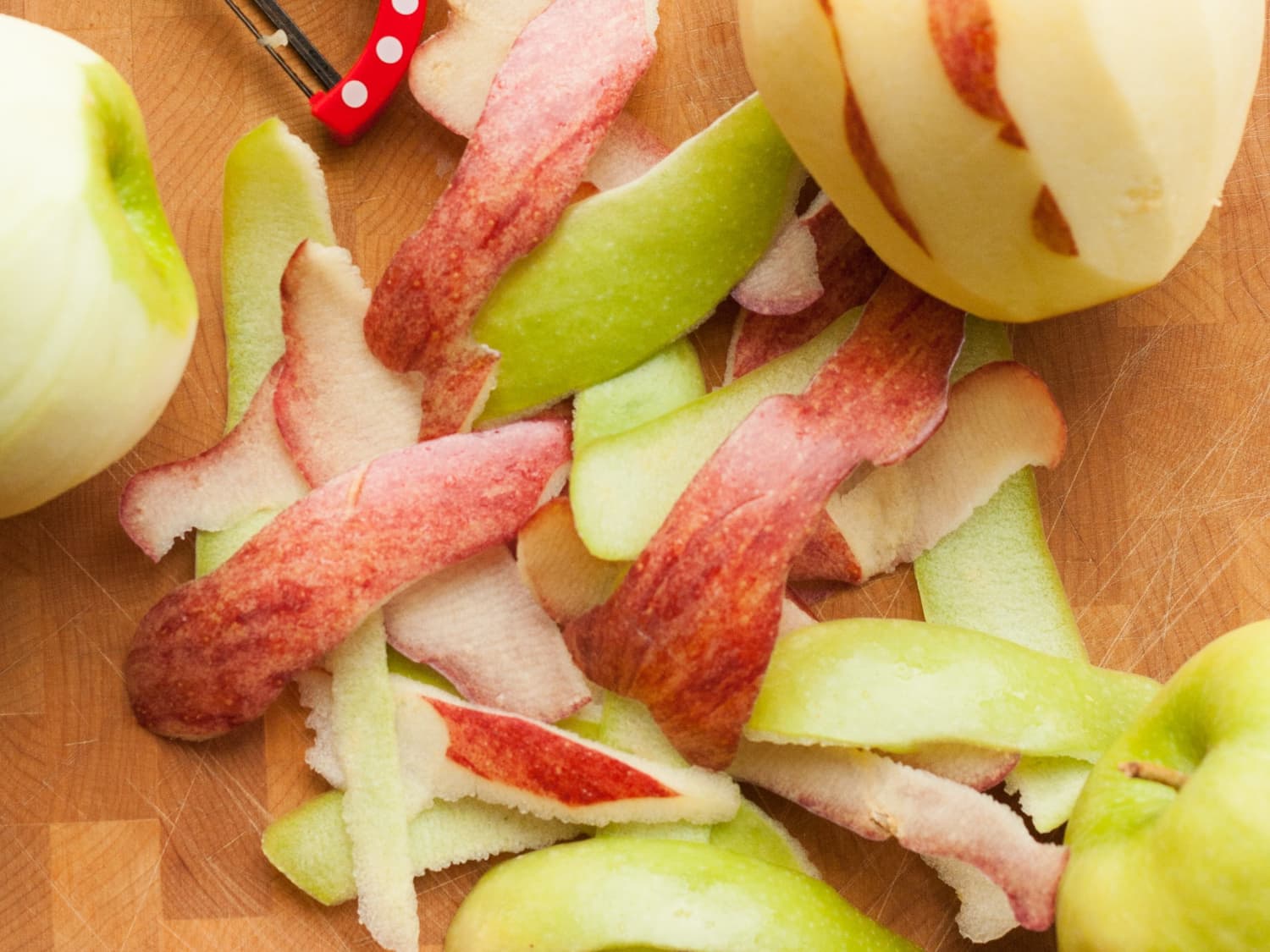
“An apple a day keeps the doctor away,” and that includes the peel! Apple peels are a rich source of dietary fiber and antioxidants. They contain a specific type of fiber called pectin, which has been shown to have cholesterol-lowering effects and promote feelings of fullness. Apple peels also contain a flavonoid called quercetin, which has anti-inflammatory properties and may help protect against allergies and asthma. To enjoy the benefits of apple peels, consider leaving the skin on when enjoying a fresh apple or incorporating them into homemade apple sauce and pies.
Banana Peels
Banana peels are often overlooked and discarded, but they are actually a nutritional powerhouse. They are particularly high in potassium, a mineral that plays a vital role in maintaining heart health and regulating blood pressure. Banana peels also contain tryptophan, an amino acid that gets converted into serotonin, a neurotransmitter known for its mood-enhancing effects. To incorporate banana peels into your diet, try blending them into smoothies or baking them into delicious treats like banana peel bread.
Mango Peels
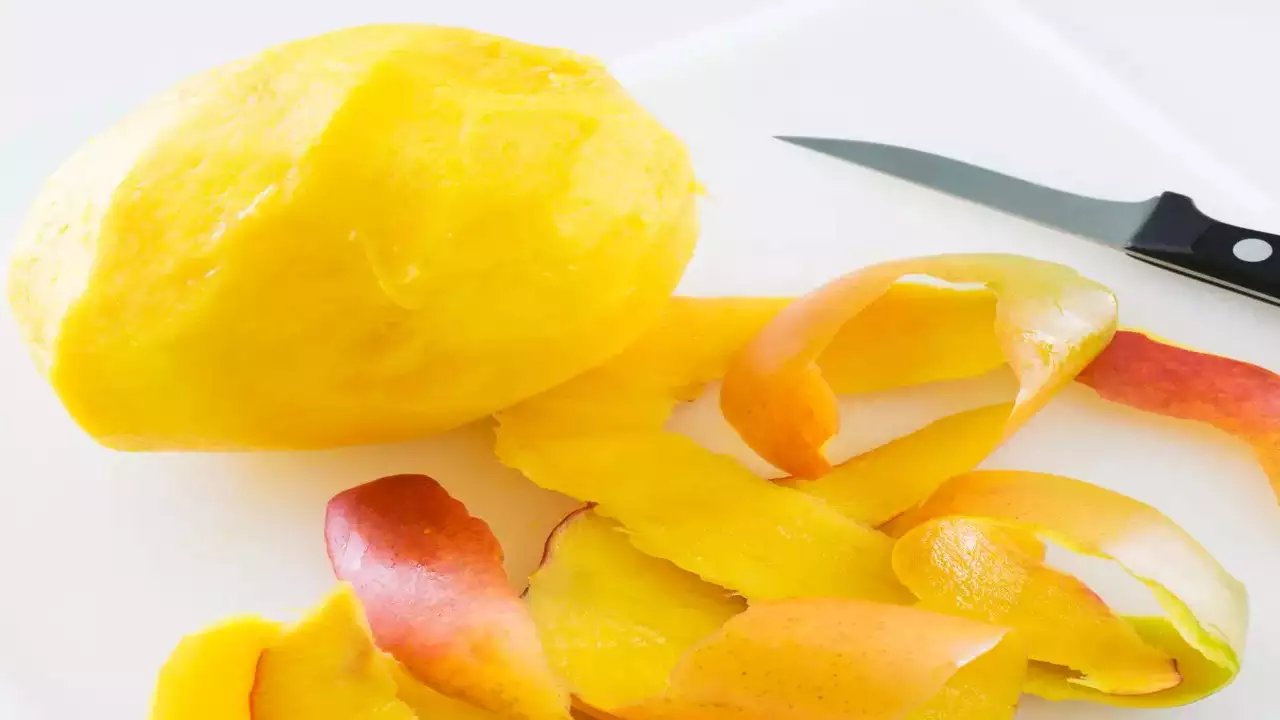
Mango peels offer a host of health benefits, including a generous dose of dietary fiber and antioxidants. They also contain a unique compound called mangiferin, which has been shown to have anti-inflammatory and anticancer properties. Mango peels can be used as a marinade for meats, added to chutneys and salsas, or even dried and ground into a flavorful spice.
How to Prepare and Incorporate Fruit Peels into Your Diet
Now that you’re aware of the nutritional benefits of fruit peels, let’s explore how to prepare and incorporate them into your diet. Proper preparation is key to ensure that you can fully enjoy the flavors and textures of fruit peels.
Washing and Scrubbing
Before consuming fruit peels, it’s crucial to wash them thoroughly to remove any dirt or pesticide residue. Use a natural fruit and vegetable wash or simply scrub them under running water to ensure they are clean and safe to eat.
Organic and Pesticide-Free
Whenever possible, opt for organic fruit peels to minimize your exposure to pesticides. Organic farming practices prioritize the use of natural methods to protect crops, ensuring that the peels you consume are free from harmful chemicals.
Culinary Techniques
Experiment with different culinary techniques to make fruit peels more palatable. For example, citrus peels can be candied, used as a zest, or infused into oils and vinegars. Apple peels can be baked into crispy chips or used as a natural thickener in soups and stews. Banana peels can be boiled to soften them before consumption or blended into smoothies for added nutrition.
Tips for Selecting and Storing Fruit Peels
When selecting fruit peels, it’s important to choose ones that are ripe and free from blemishes or mold. Here are some tips for selecting and storing fruit peels:
- Choose fruits that are firm and vibrant in color.
- Avoid fruits with soft spots, bruises, or signs of decay.
- Store fruit peels in a cool, dry place, away from direct sunlight.
- If storing in the refrigerator, place them in a breathable bag to prevent excess moisture buildup.
By following these tips, you can ensure that your fruit peels remain fresh and flavorful for longer.
Recipes and Creative Ways to Use Fruit Peels in Cooking and Baking
Now, let’s get creative with fruit peels and explore some delicious recipes and innovative ways to incorporate them into your cooking and baking endeavors.
Citrus Peel Infused Olive Oil
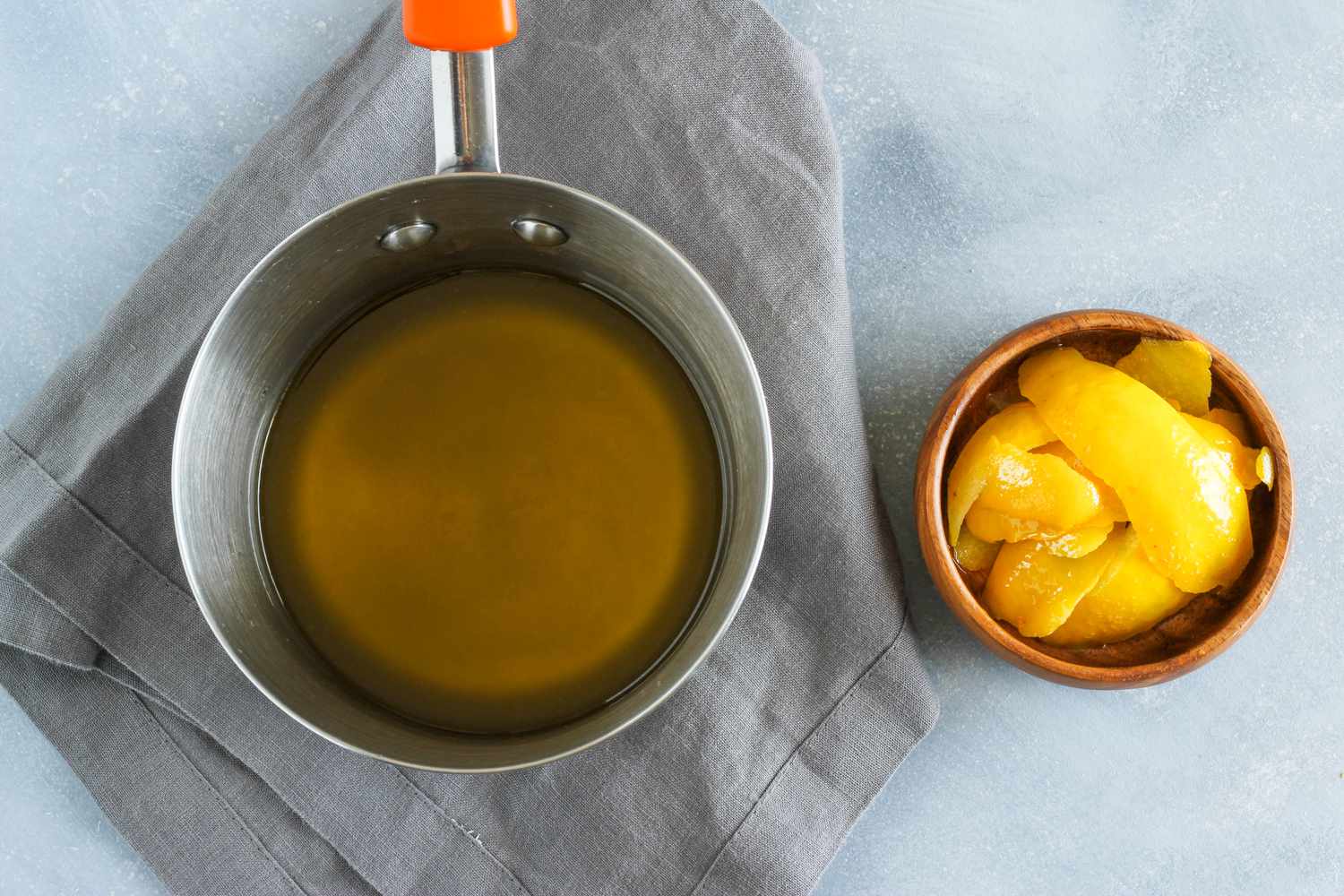
Ingredients:
- 2 cups extra virgin olive oil
- Zest of 2 organic oranges, lemons, or grapefruits
Instructions:
- In a saucepan, heat the olive oil over low heat until warm.
- Add the citrus zest and simmer for 10 minutes.
- Remove from heat and let the mixture cool completely.
- Strain the infused oil into a sterilized glass bottle.
- Use the citrus peel-infused olive oil as a flavorful dressing or marinade.
Apple Peel Chips
Ingredients:
- Apple peels from 4 organic apples
- 1 tablespoon cinnamon
- 1 tablespoon coconut sugar
Instructions:
- Preheat the oven to 200°F (95°C) and line a baking sheet with parchment paper.
- Toss the apple peels with cinnamon and coconut sugar in a bowl until evenly coated.
- Arrange the coated peels in a single layer on the prepared baking sheet.
- Bake for 1 hour, or until the peels are crispy and golden brown.
- Remove from the oven and let them cool before enjoying these flavorful apple peel chips.
Banana Peel Smoothie
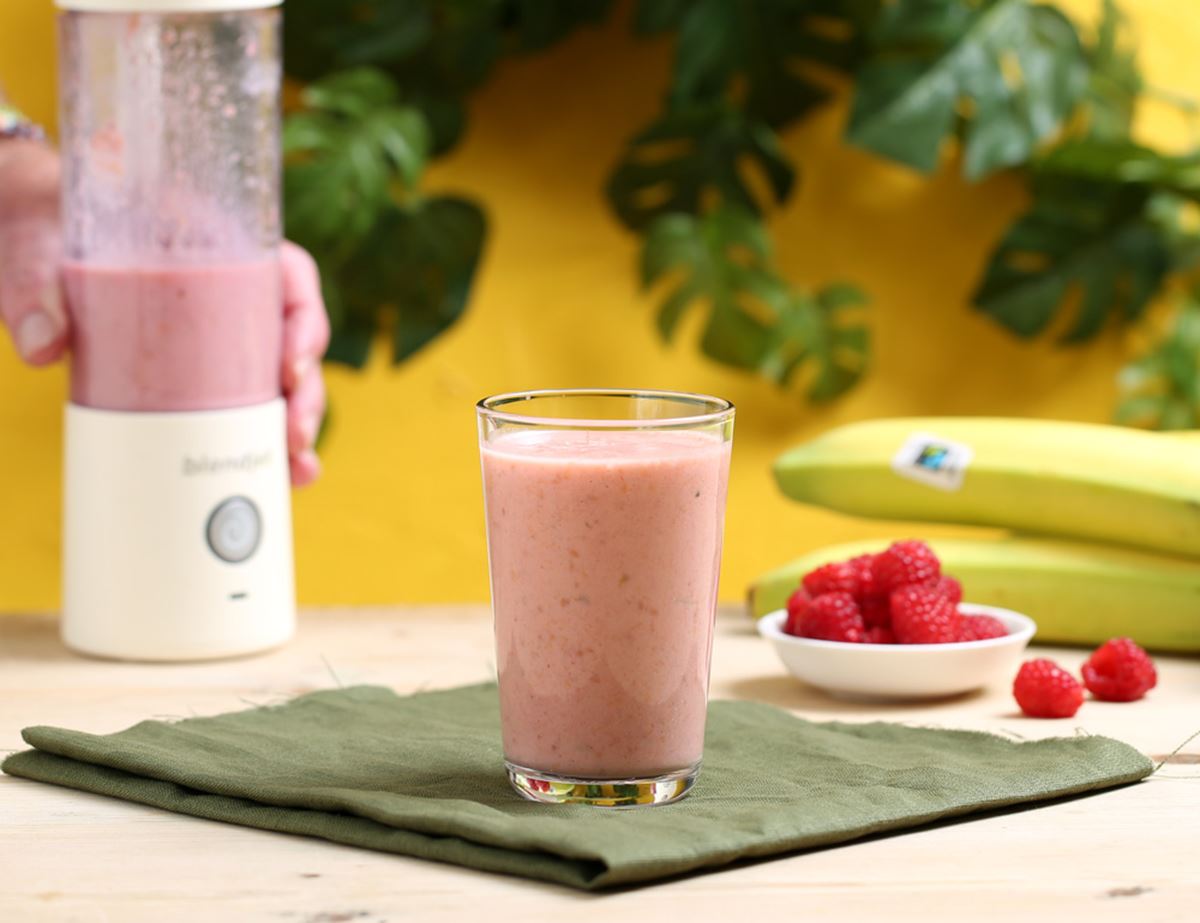
Ingredients:
- 1 ripe banana (peeled and flesh used for smoothie)
- 1 banana peel
- 1 cup almond milk
- 1 tablespoon honey or maple syrup
- 1 teaspoon vanilla extract
Instructions:
- Cut the banana peel into small pieces and boil them in water for 10 minutes to soften.
- Drain and rinse the boiled banana peel pieces.
- In a blender, combine the boiled banana peel, ripe banana, almond milk, honey or maple syrup, and vanilla extract.
- Blend until smooth and creamy.
- Pour into a glass and enjoy this nutrient-packed banana peel smoothie.
Additional Uses for Fruit Peels Beyond Nutrition
Apart from their nutritional benefits, fruit peels have a range of additional uses that can be beneficial in various aspects of our lives. Here are some innovative ways to utilize fruit peels:
Cleaning
Citrus peels, especially from lemons, can be used as a natural cleaning agent. The high acidity of citrus peels can help remove stains, grease, and odors. Simply rub a lemon peel on a surface or use it to scrub dishes for a natural and effective cleaning solution.
Natural Skin Care
Fruit peels, such as orange and banana peels, can be used as natural skincare remedies. Orange peels can be dried and ground into a powder to create a homemade face mask that brightens and revitalizes the skin. Banana peels can be rubbed on the skin to moisturize and reduce inflammation. Embrace the power of fruit peels for a radiant and healthy complexion.
Composting
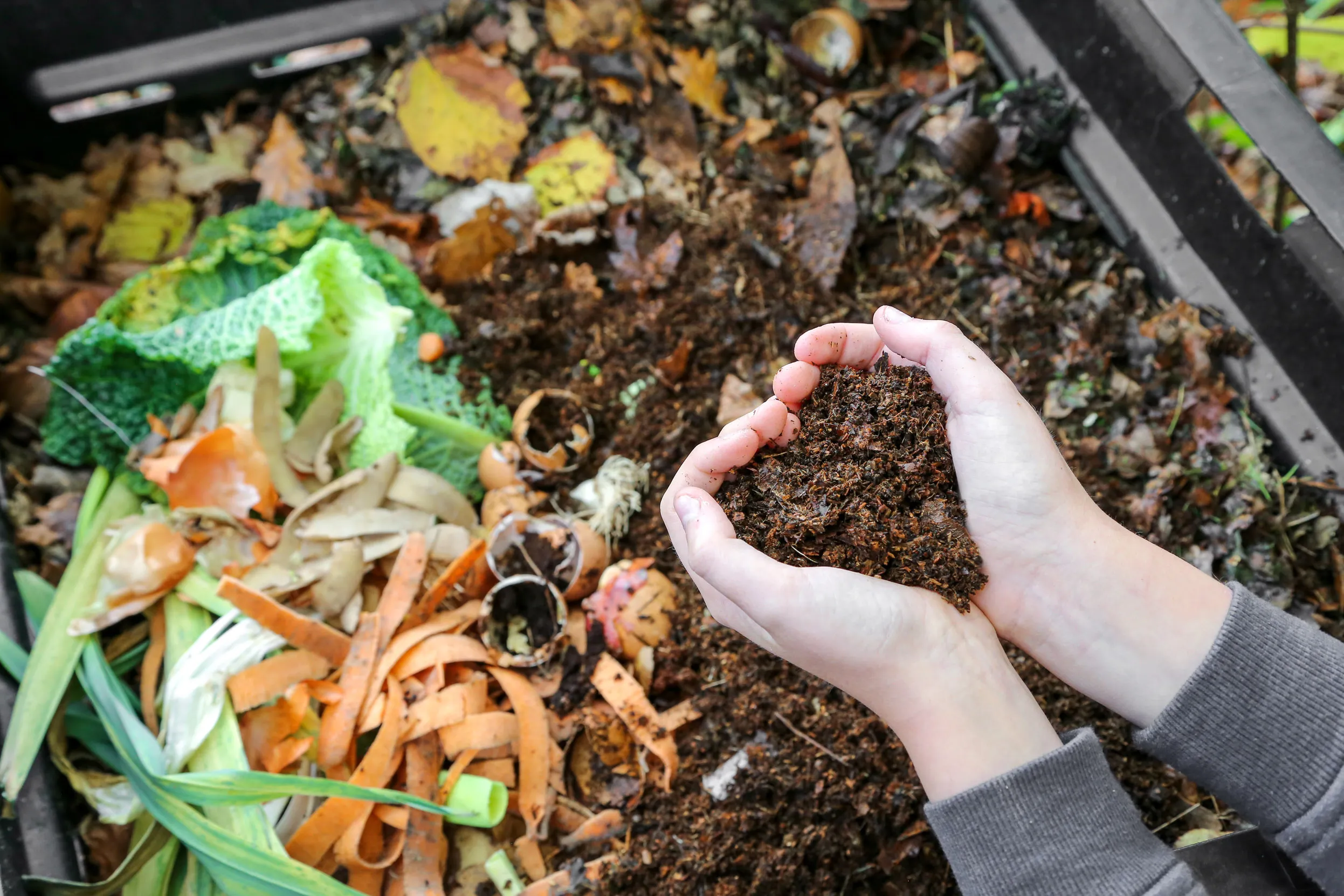
Don’t let fruit peels go to waste. Instead, compost them to create nutrient-rich soil for your garden. Fruit peels break down quickly and contribute valuable organic matter to the compost pile. By composting fruit peels, you can reduce waste and give back to the earth.
WellHealthOrganic.com’s Commitment to Promoting Fruit Peel Consumption
At WellHealthOrganic.com, we are passionate about promoting the consumption of fruit peels for a healthier lifestyle. We believe that nature provides us with an abundance of nutrients, and fruit peels are a prime example of this. By incorporating fruit peels into your diet, you can unlock their hidden nutritional benefits and support your overall well-being. Our commitment to organic farming ensures that our fruit peels are free from harmful chemicals, allowing you to enjoy them with peace of mind. Embrace the power of fruit peels and embark on a journey towards optimal health.
Conclusion: Embracing the Power of Fruit Peels for a Healthier Lifestyle
In conclusion, fruit peels are not to be overlooked. They are a treasure trove of essential nutrients, including fiber, vitamins, minerals, and antioxidants. By incorporating fruit peels into your diet, you can enhance your overall health and well-being. With the tips and recipes provided in this guide, you can confidently prepare and enjoy fruit peels in creative and delicious ways. Remember, at WellHealthOrganic.com, we encourage you to embrace the power of fruit peels and unlock their hidden nutritional benefits. Start incorporating fruit peels into your meals today and embark on a journey towards a healthier lifestyle.
CTA: Visit WellHealthOrganic.com for more information on the nutritional benefits of fruit peels and discover a wide range of organic products to support your healthy lifestyle.

